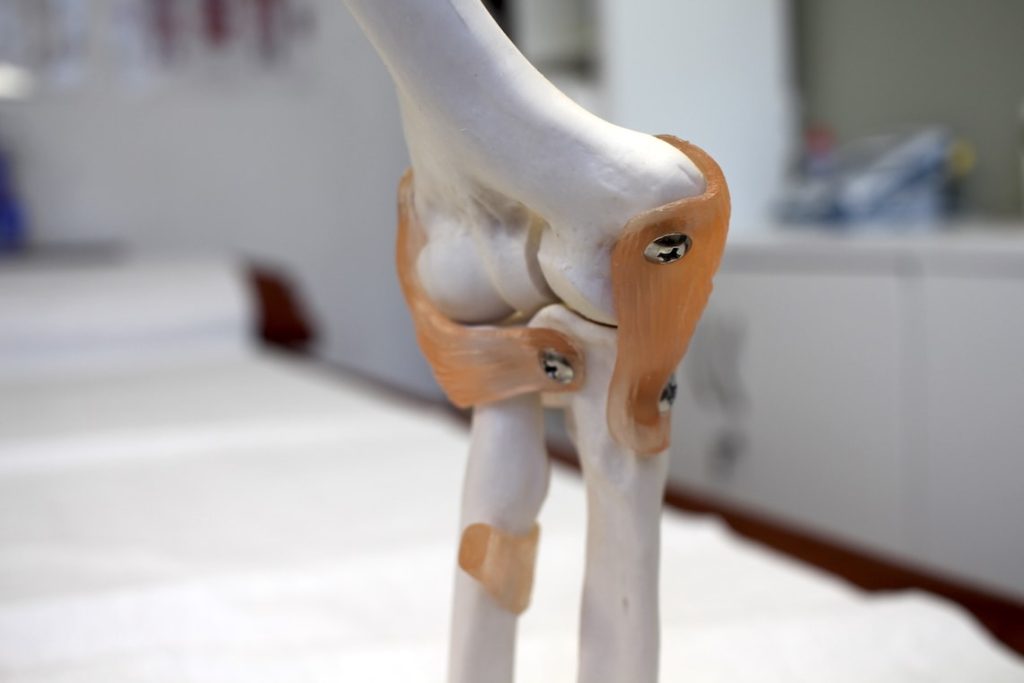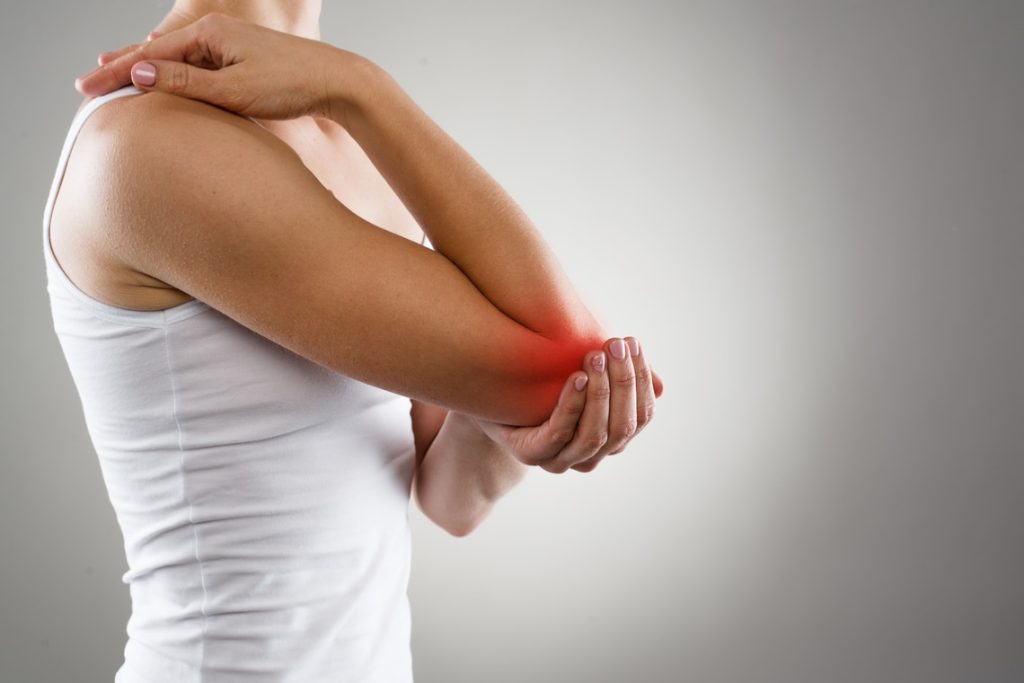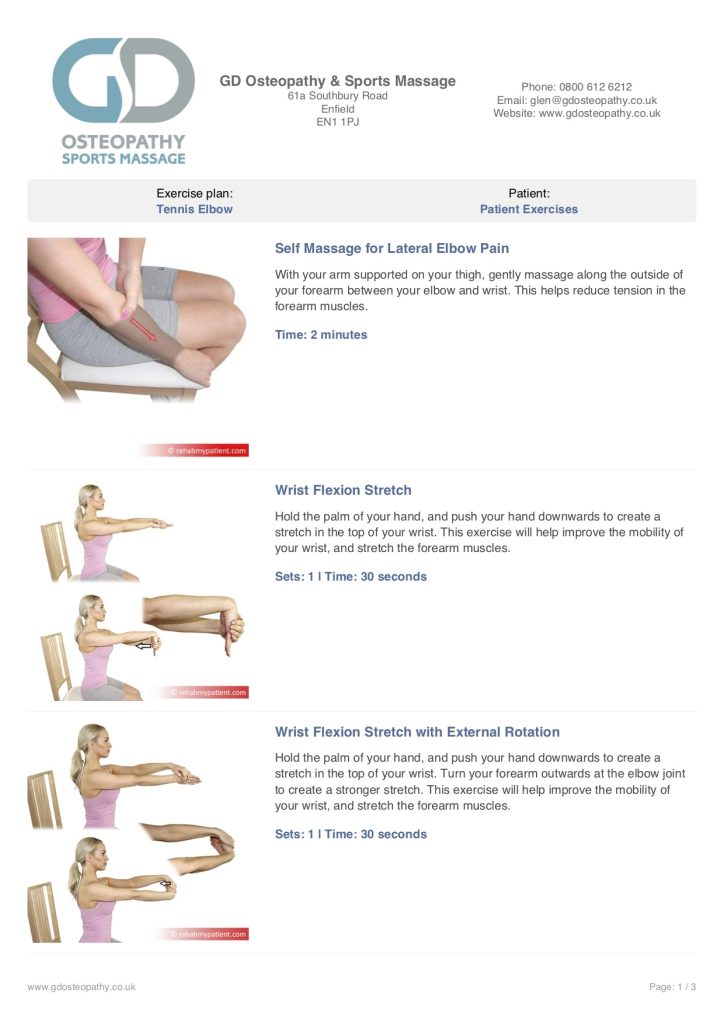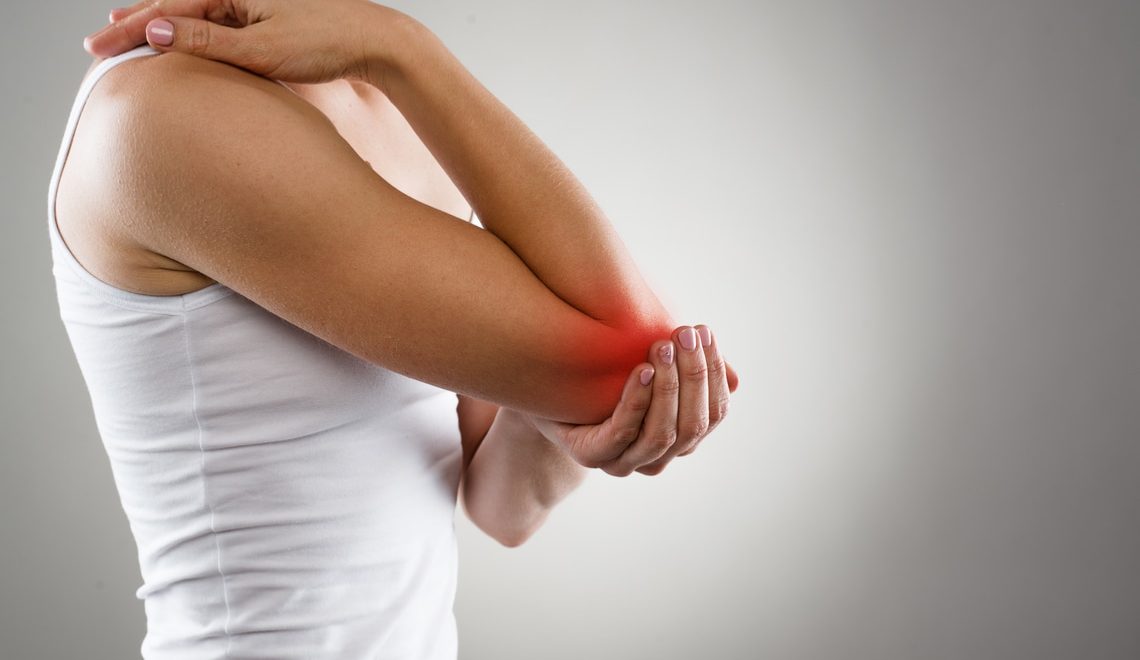Tennis elbow is the common name for lateral epicondylitis, an injury to the tendon on the outside of your elbow. This normally happens from repetitive strain, overuse or direct trauma to the area. The muscles of your forearm combine to form the common extensor tendon. Your tendon connects into the bone on the outside of your elbow joint. All the stress that is placed on your fingers, hand and wrist is focused on this small area.

Like many injuries, tennis elbow occurs when the stress put on an area, outweighs your body’s ability to repair. Over time the injury causes pain, inflammation and then degeneration in your tendon. Your injury will get worse if you continue doing the activity that triggered it. Continual aggravation will result in additional damage, which can result in complete tendon rupture.
Causes of tennis elbow
Firstly, most people who get tennis elbow are not tennis players. Any activity that repeatedly stresses the muscles that straighten the wrist, fingers and turn the wrist can cause the injury. Tennis elbow most commonly occurs when you start doing unaccustomed activities. Things that use your forearm muscles much more than normal. It can still happen when you’re used to the activity, you can always overdo it. These include:
- racket sports
- using a computer mouse and keyboard
- climbing
- gardening
- manual occupation (builder, carpentry, plumbing)
- playing musical instruments (guitar, piano)
Symptoms
You are not alone, tennis elbow is very common. It’s estimated that as many as 1 in 3 people are currently suffering with symptoms. The following symptoms can last from a week, up to 2 years, but 90% of people have full recovery within 12 months:
- pain and stiffness with bending and straightening the elbow;
- discomfort gripping, picking up objects and opening jars;
- pain around the outside of the elbow and forearm;
- grip weakness.

Treatment
The single most important part of treating your tennis elbow, is to rest. Your injured tendon and muscles need time to recover, so you must stop or change the activity that caused your injury.
Activity modification
Having poor posture while working on computers, tablets and smartphones can cause repetitive strain injuries. Taking positive steps to improve your posture and having a workplace ergonomic assessment is a great start. Modifying or improving your technique can also help. This can mean getting a tennis coach or finding a good guitar tutor. You may be using poor technique, that has resulted in your injury. When gripping object is an issue, some find that changing grip size useful. Putting some cloth or tape around your tennis racket or screwdriver can be a good way to test it.
Rehabilitation
The focus of rehabilitation is to speed up your recovery. Reducing pain in inflammation, while improving strength and flexibility. Here’s how:
- Strengthening and stretching exercises: follow the advice and exercises provided in the tennis elbow rehabilitation plan. These exercises can be done as often as, every other day. Mild discomfort is okay, but if any movements cause you pain, then stop.
- Ice: the worlds best natural anti-inflammatory, applying an ice pack to the outside of your elbow will reduce pain and inflammation. Use the ice pack for approximately 10 minutes at a time, 2 to 5 times a day. Make sure that you do not apply ice directly to your skin. Instead use a thin cloth, or couple of sheets of kitchen towel to protect your skin.
- Manual therapy: find a good osteopath or Enfield Physiotherapist. Your therapist should perform therapeutic ultrasound to reduce inflammation and speed up recovery,
while also using massage techniques and joint mobilisation to improve healing.


